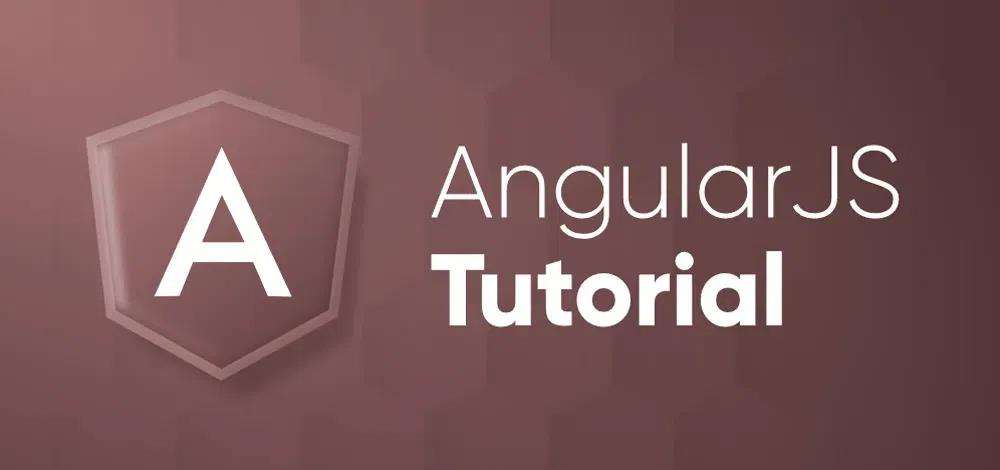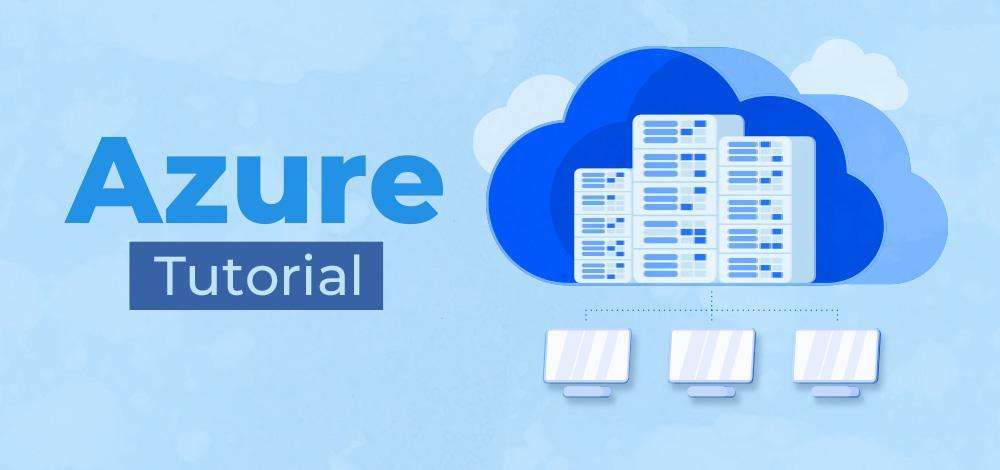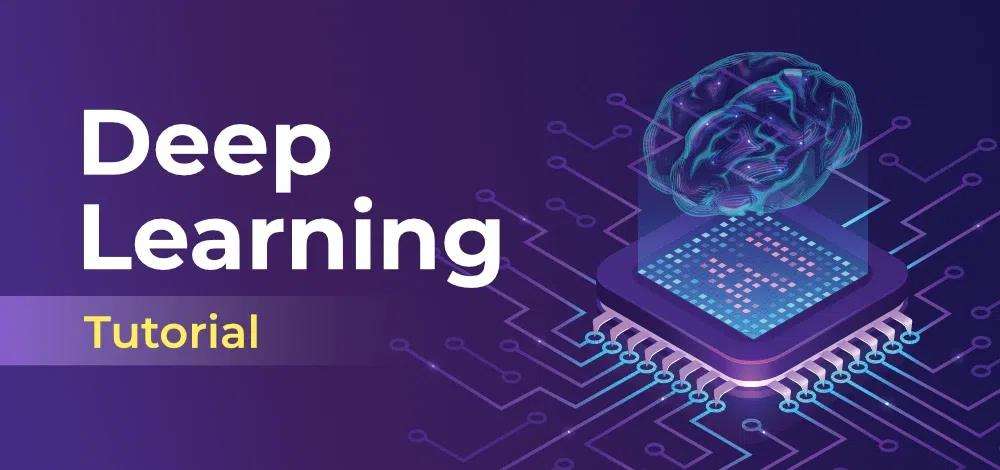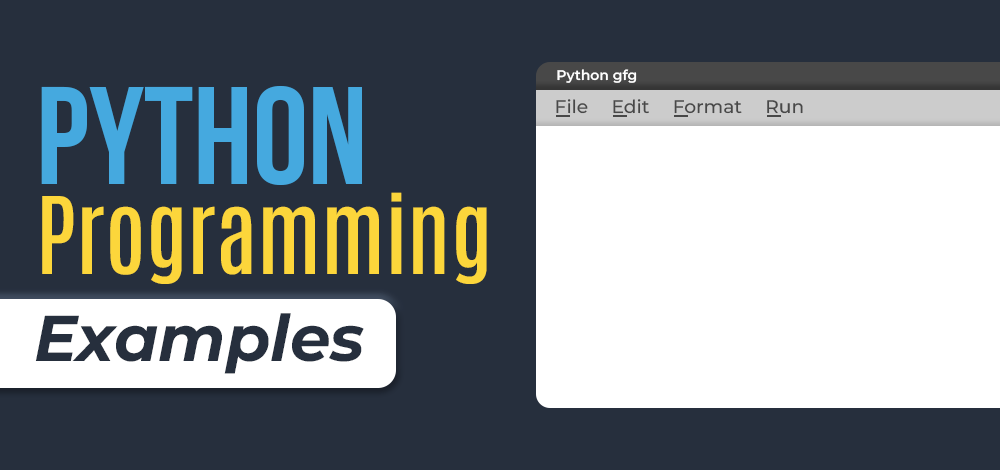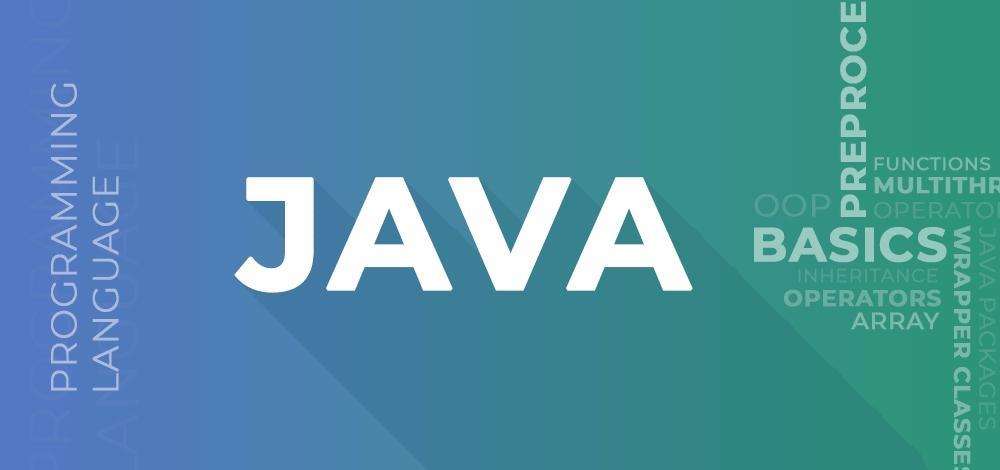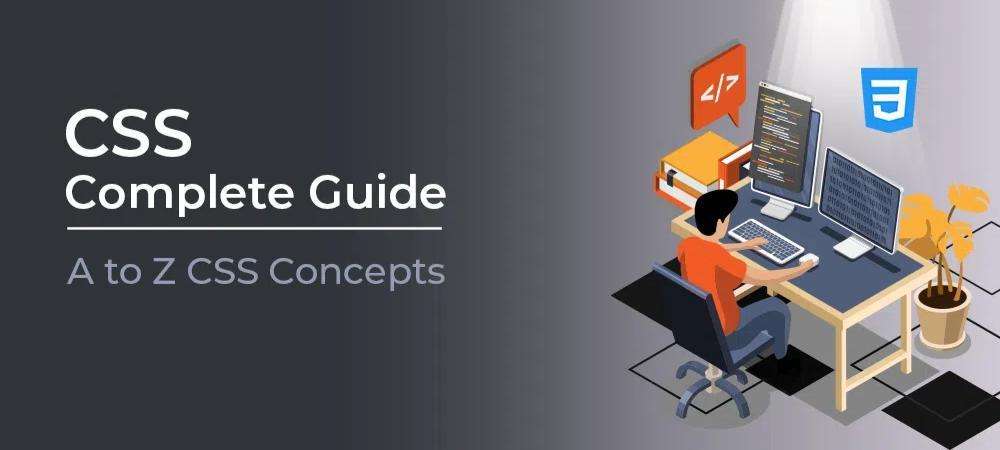
Unlock the potential of modern software development with our definitive Golang Programming Tutorial & Roadmap.
Welcome to the world of Golang, also known as Go, the programming language engineered for efficiency, reliability, and ease. This tutorial is your stepping stone into the realm of Go, a language designed by Google to meet the needs of today’s developers and tomorrow’s challenges.
Golang, often known as Go, is a procedural and statically typed language with a syntax that echoes the C programming language. If you’re curious about the Go Programming Language, you’ve come to the right place. Continue reading, as this page is dedicated to unravelling the intricacies of Golang for you.
Golang, also known simply as Go, offers a comprehensive standard library, automatic memory management through garbage collection, and the convenience of dynamic-typing.
It was conceived in 2007 by Robert Griesemer, Rob Pike, and Ken Thompson at Google and introduced to the public in 2009 as an open-source language. Today, it’s widely utilized within Google’s own production systems and has gained popularity among developers for its efficiency and simplicity.
Go Programming Tutorial Overview
¡》Why Go?
Go is celebrated for its simplicity, high performance, and robust standard library. It’s the language of choice for scalable and maintainable code, making it a staple for backend systems, cloud services, and more.
¡¡》Setting Up Your Go Environment
Before diving into code, setting up your Go environment is crucial. We’ll walk you through installing the Go compiler, configuring your workspace, and understanding the GoPATH.
¡¡¡》Go Fundamentals
We begin with the basics: variables, types, and control structures. Go’s syntax is refreshingly straightforward, allowing you to focus on your logic rather than language complexities.
IV》Functions and Packages
Discover how Go organizes code into packages and how functions are the workhorses of your programs. You’ll learn to write reusable code that’s clean and concise.
V》Concurrency in Go
One of Go’s superpowers is its built-in support for concurrency. We’ll explore go routines and channels, empowering you to write efficient, concurrent applications without the headache.
V¡》Interfaces and Structs
Understand how Go’s type system works with interfaces and structs, providing a flexible way to design your programs with clear, type-safe abstractions.
V¡》Error Handling
Go takes a unique approach to error handling, and we’ll show you how to effectively use it to write robust, error-resistant code.
V¡》Working with Data
From JSON to databases, Go makes it easy to work with data. Learn how to marshal and unmarshal data, and perform CRUD operations with popular databases like PostgreSQL.
V¡¡》Testing Your Code
Testing is integral to Go’s philosophy. We’ll cover how to write tests using Go’s testing package, ensuring your code is reliable and production-ready.
V¡¡¡》The Road Ahead
As you continue your journey with Go, remember that practice makes perfect. Experiment with building your own projects, contribute to open-source, and connect with the Go community.
Go Complete Tutorial &Roadmap
¡》Overview
Go, also known as Golang, is a modern programming language that’s designed to be simple, efficient, and readable. Here’s a brief overview of what we’ll cover about Go:
- What is Golang: We’ll introduce you to the basics of Go, its design philosophy, and why it’s become a popular choice for developers.
- Installing Golang: Step-by-step instructions will guide you through installing Go on both Windows and Mac operating systems, ensuring you’re set up for success.
- Your First Go Program: To get you started, we’ll provide an example of a simple Go program. This will help you understand the syntax and structure of Go code.
By the end of this discussion, you’ll have a solid understanding of Golang and be ready to start coding in this powerful language. Let’s dive in and explore the capabilities of Go together.
- Introduction to Golang
- Installing Golang on Windows
- Installing Golang on MacOS
- Hello World! In Golang
- Golang vs C++
- Golang vs Java
- Golang vs Python
2. Fundamentals
In the Fundamentals section, you’ll be introduced to all the basics of Golang, including Identifiers, Keywords, Data Types, Variables, and more. This will lay the groundwork for your understanding of how Go operates and prepares you for more advanced topics.
- Identifiers in Golang
- Keywords in Golang
- Data Types
- Variables
- Constants
- Rune in Golang
- Operators in Golang
- Scope of Variables
- Type Casting
- Var Keyword in Golang
- Short Declaration Operator(:=)
- Var keyword vs short declaration operator
3. Control Statements
Absolutely, Golang’s control statements are essential for directing the flow of a program. They enable you to:
- Execute code conditionally with `if`, `else if`, and `else` statements.
- Perform repetitive tasks using loops like `for` and `range`.
- Manage error handling with idiomatic Go approaches, such as returning multiple values from functions, including an error.
By understanding these control statements, you can write Go programs that are both efficient and resilient to errors. Dive into this section to fully grasp how to implement these powerful features in your Go applications.
- Decision Making Statements
- Loops in Golang
- Loop Control Statements
- Switch Statement in Go
- Deadlock and Default Case in Select Statement
4. Functions & Methods
In Golang, functions and methods are fundamental tools that help you structure and organize your code effectively. Here’s what you’ll learn in this section:
- Functions: You’ll understand how to declare and use functions in Go, which are standalone blocks of code designed to perform specific tasks. We’ll cover how to pass parameters, return values, and create reusable and modular code with functions.
- Methods: Methods in Go are similar to functions but are associated with a type, typically a struct. You’ll learn how to define methods on types and how they can access the data within those types, allowing for more organized and object-oriented code.
By mastering functions and methods, you’ll be able to write Go programs that are clean, maintainable, and efficient. Let’s delve into the details and start coding with Go’s powerful features!
- What are the Functions?
- Variadic Function
- Anonymous Function
- Main and init function
- Function Arguments
- Function Returning Multiple Values
- Named Return Values
- Blank Identifier
- Defer
- Methods
- Methods With Same Name
5. Structure
In Golang, structures, commonly referred to as structs, are essential for structuring data. Think of them as templates that let you collect various types of variables under one label. Dive into this section to get practical experience with Golang’s structs.
- Structures
- Structure Equality
- Nested Structure
- Anonymous Structure and Fields
- Promoted Fields in Structure
- Promoted Methods in Structure
- Function as a Field in Structure
6. Arrays & Slices
When it comes to data collections in Golang, imagine them as different types of storage for your tools. Arrays are comparable to those reliable, old-fashioned metal toolboxes – very durable but limited to holding a specific number of tools. On the other hand, slices are akin to modern, expandable backpacks – adaptable and capable of accommodating an increasing number of items as required.
- Arrays in Golang
- Copying an Array into Another Array in Golang
- Passing an Array to a Function in Golang
- Slices in Golang
- Slice Composite Literal
- Copying one Slice into another Slice
- Passing a Slice to Function
- Comparing two Slices in Golang
- Checking the Equality of Slices in Golang
- Sorting a Slice in Golang
- Trimming a Slice in Golang
- Splitting a Slice in Golang
7. String
In Golang, strings are immutable, which means once a string is created, its content cannot be altered. This characteristic is shared with several other programming languages and has implications for how strings are manipulated in Go.
In this section, we delve into everything about strings in Golang, including how to work with them effectively, perform operations like concatenation, and understand their properties. By the end of this discussion, you’ll have a solid grasp of string handling in Go.
- Strings in Golang
- Different ways to compare Strings
- Different ways to concatenate two strings
- Trimming a String in Golang
- Splitting a String in Golang
- Check if the given characters are present in String
- Repeating a String for Specific Number of Times
- Finding the index value of specified string
- Counting the Number of Repeated Characters in String
8. Pointers
In Golang, pointers are a valuable tool that let you interact with memory addresses directly. Instead of holding the data itself like standard variables, pointers keep track of where the data is actually stored in memory.
- Pointers
- Pointer to Pointer (Double Pointer)
- Pointers to a Function
- Returning Pointer from a Function
- Pointer to an Array as Function Argument
- Pointer to Struct
- Comparing Pointers
- Finding the Capacity of the Pointer
- Finding the Length of the Pointer
9. Interfaces
In Golang, interfaces play a crucial role by defining a set of method signatures that a type must implement. They’re like contracts that ensure a type adheres to a particular behaviour. Here’s how you can think of it:
- Interfaces: They are like a checklist of methods. If a type includes all the methods listed in the interface, then it’s considered to implement that interface.
- Types and Behaviour: A type that implements an interface can be used anywhere the interface is expected, providing flexibility and interoperability in your Go code.
By using interfaces, you can design your Go programs to be more modular and maintainable, with well-defined interactions between different components.
- Interfaces
- Multiple Interfaces
- Embedding Interfaces
- Polymorphism Using Interfaces
10. Concurrency
In Golang, instead of using conventional threads, it employs nimble processes known as go routines. These go routines operate within a shared memory area, which facilitates smooth communication and transfer of data.
- Goroutines – Concurrency
- Select Statement
- Multiple Goroutines
- Goroutine vs Thread
- Channel in Golang
- Unidirectional Channel in Golang
If you prefer a course,
why go anywhere else when our Golang Course Guide: Coding Guide helps you do this in a single program! Apply now to our Golang Program and our counsellors will connect with you for further guidance & support.
Conclusion
Golang offers a clear path to mastering modern software development. With its strong emphasis on simplicity and performance, Go is not just a language but a tool that will serve you well into the future of programming.
RELATED ARTICLES
- HTML Complete Course Guide From Beginner to Advanced Levels
- HTML Tutorial & Roadmap
- CSS Tutorial & Roadmap
- CSS Complete Guide – From Novice to Pro CSS Concepts
- JavaScript Complete Guide From Beginner to Advanced Levels
- A Comprehensive JavaScript Tutorial & Roadmap
- Complete React Tutorial & Roadmap
- Complete NodeJS Tutorial & Roadmap
- C Programming Language Tutorial & Roadmap
- The Ultimate C++ Programming Language Tutorial & Roadmap
- Complete Ruby Programming Language Guide
- Complete Perl Programming Language Guide
- Complete Java Tutorial & Roadmap
- R Tutorial & Roadmap| Master R Programming with Ease
- PHP Tutorial & Roadmap: A Comprehensive Guide for Developers
- A Comprehensive SQL Tutorial & Roadmap
